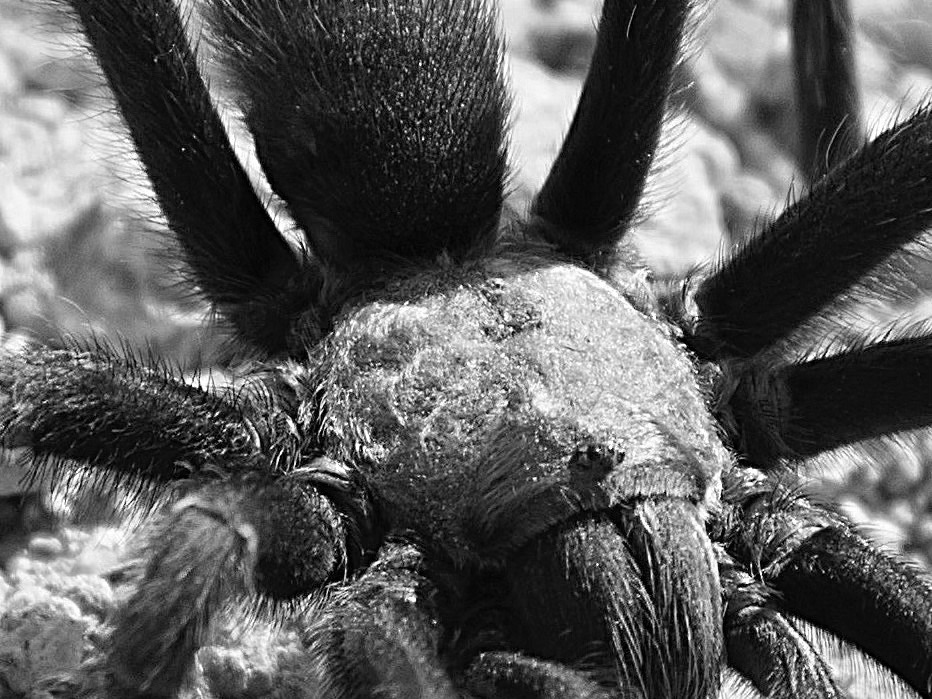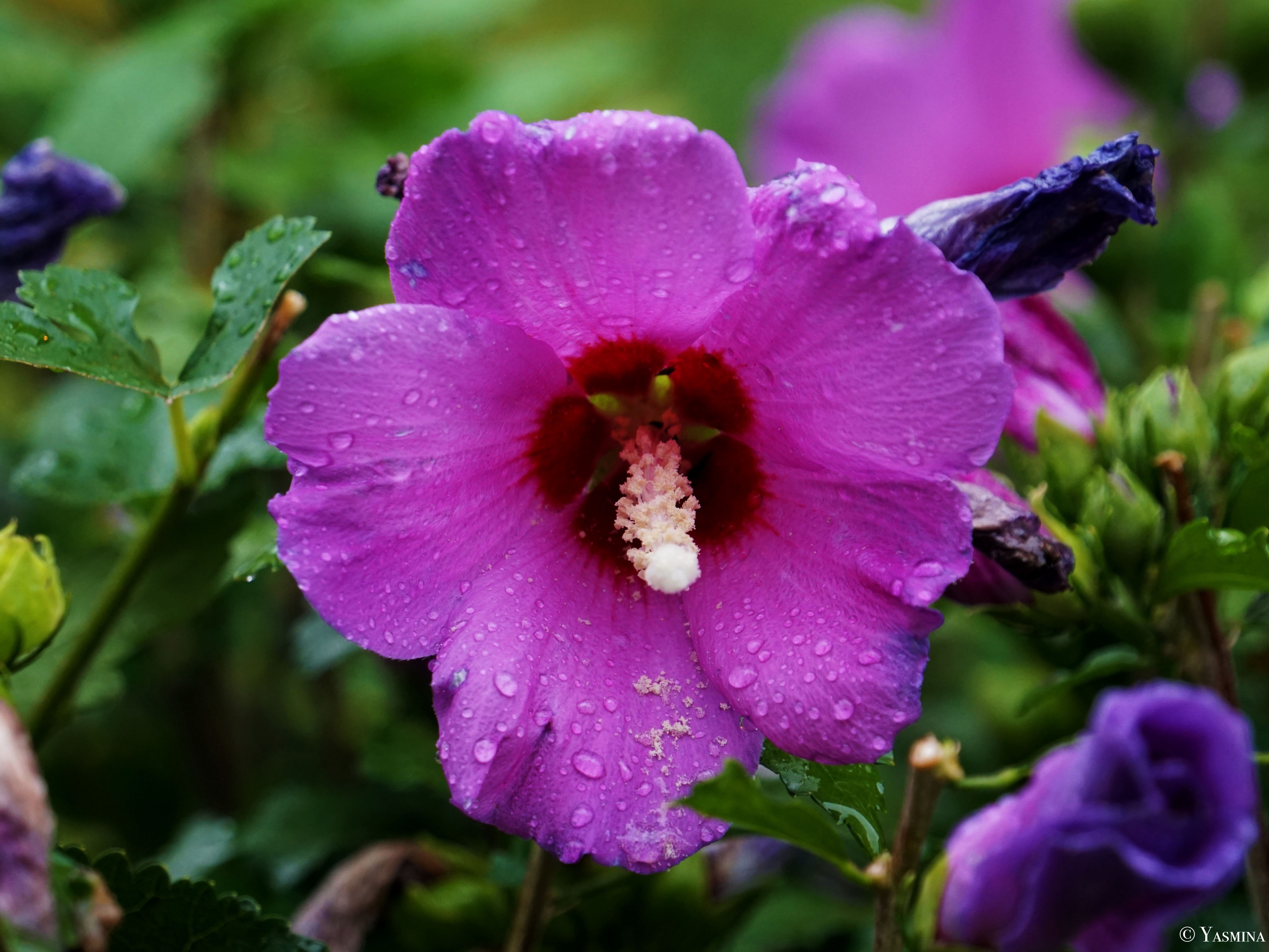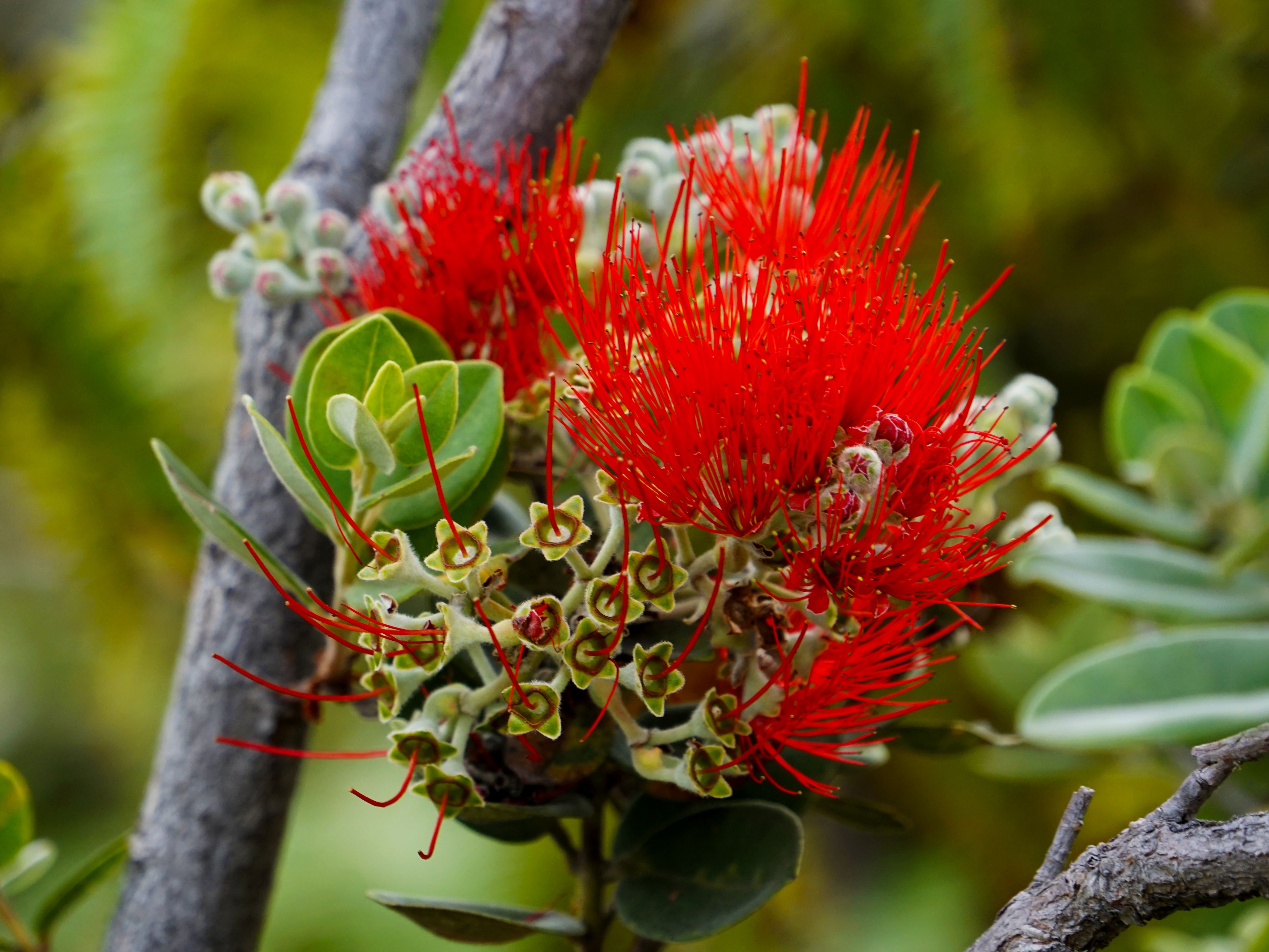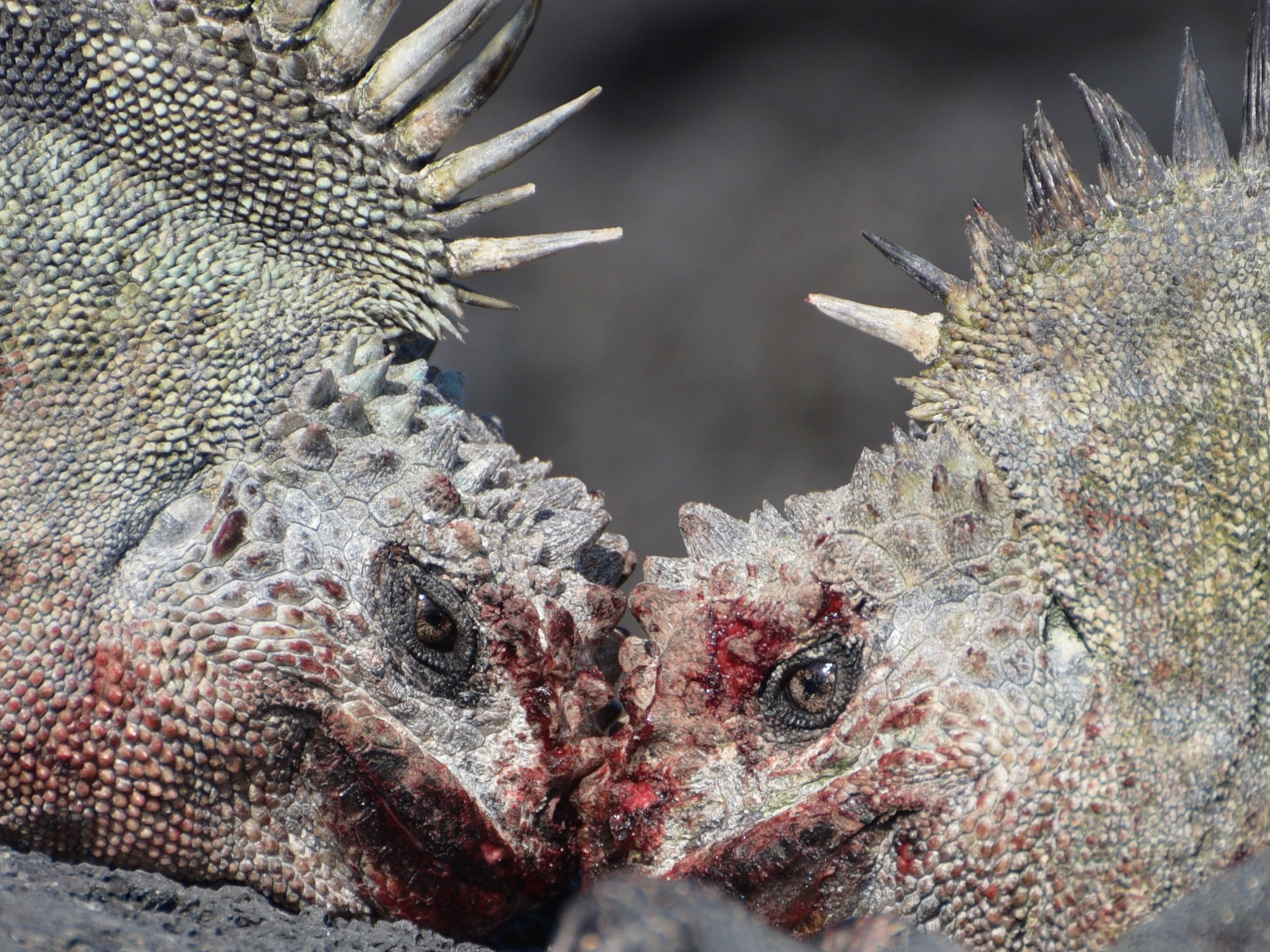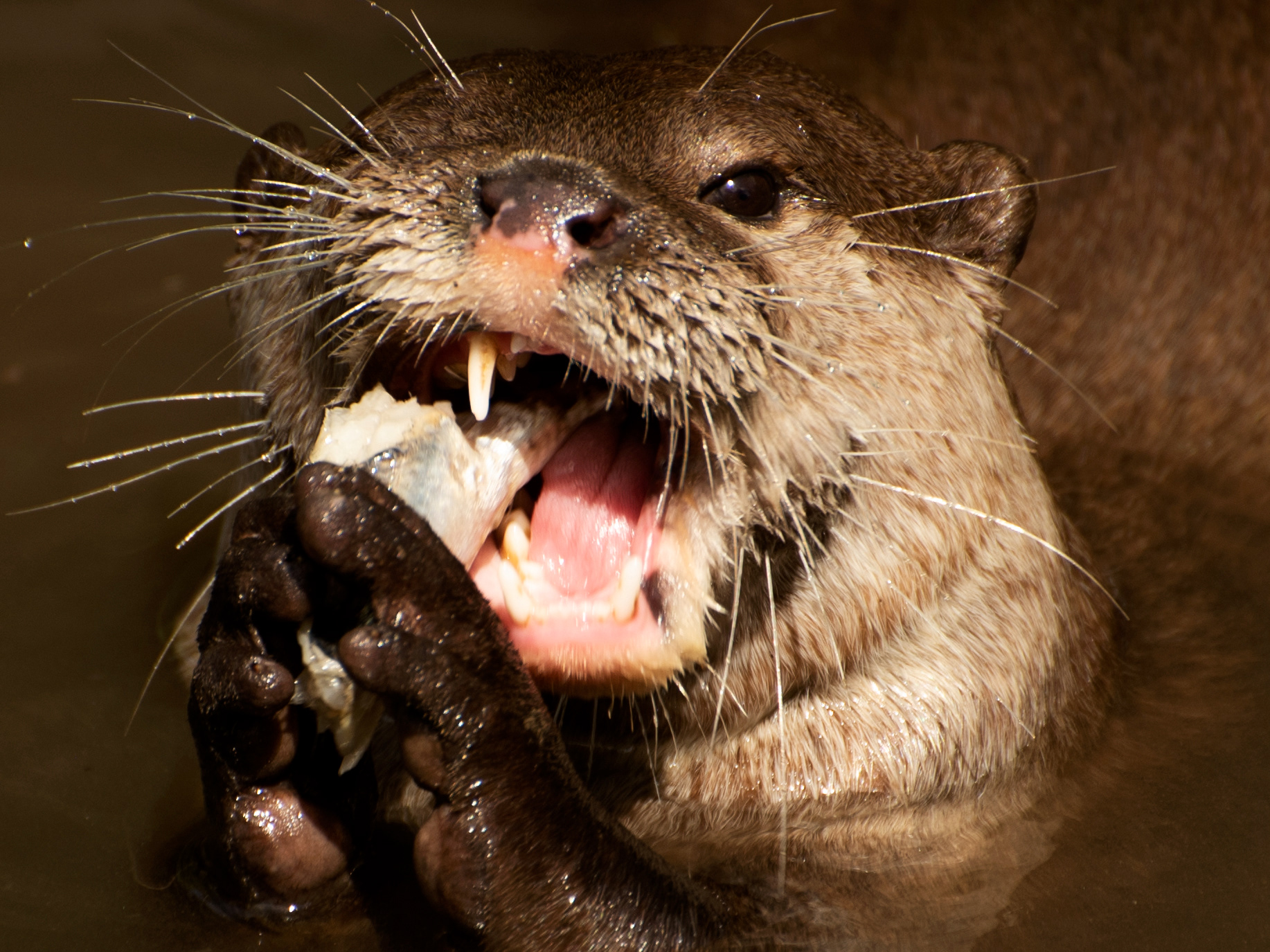Common Name: Sally Lightfoot crab; red rock crab
Scientific Name: Graspus graspus
Animal Facts
Sally Lightfoot crabs (Graspus graspus) are commonly found along the Pacific coast of Central and South America, including the Galápagos Islands where this photograph was shot. It is believed that these crabs are named after a Caribbean dancer as they have the ability to climb vertically, run in four directions, and swiftly jump across rocks. Adult crabs display shells with distinctive blue and red coloring and have white or pale blue underbellies, while juvenile crabs have darker coloration to promote a greater degree of camouflage. Sally Lightfoot crabs are coastal scavengers, eating anything from algae to sea lion placenta. Sometimes they even feed on other crabs! Their generalist diet is vital to the health of the ecosystem as they keep shores free of organic debris and eat ticks off marine iguanas.
Interaction with Humans
Although Sally Lightfoot crabs are not at risk of extinction, they do face countless threats. These include marine plastic pollution, the Galápagos lava herons, and introduced predators, such as rats, cats, and dogs.
Sources
• Macfarland, C.G. & Reeder, W. G. (1974). Cleaning symbiosis involving Galápagos tortoises and two species of Darwin's finches. Zeitschrift für Tierpsychologie, 34(5), 464–483. https://doi.org/10.1111/j.1439-0310.1974.tb01816.x
• de Sá Leitão, M. & de Araújo, C. (2014). The leaping behavior of the sally lightfoot crab Grapsus grapsus (Crustacea: Decapoda: Brachyura) at an oceanic archipelago. Journal of Research in Biology, 4(4), 1357–1364. Retrieved from https://jresearchbiology.com/documents/RA0452.pdf
• Sally Lightfoot Crab - Galapagos Conservation Trust. Retrieved from https://galapagosconservation.org.uk/wildlife/sally-lightfoot-crab/


